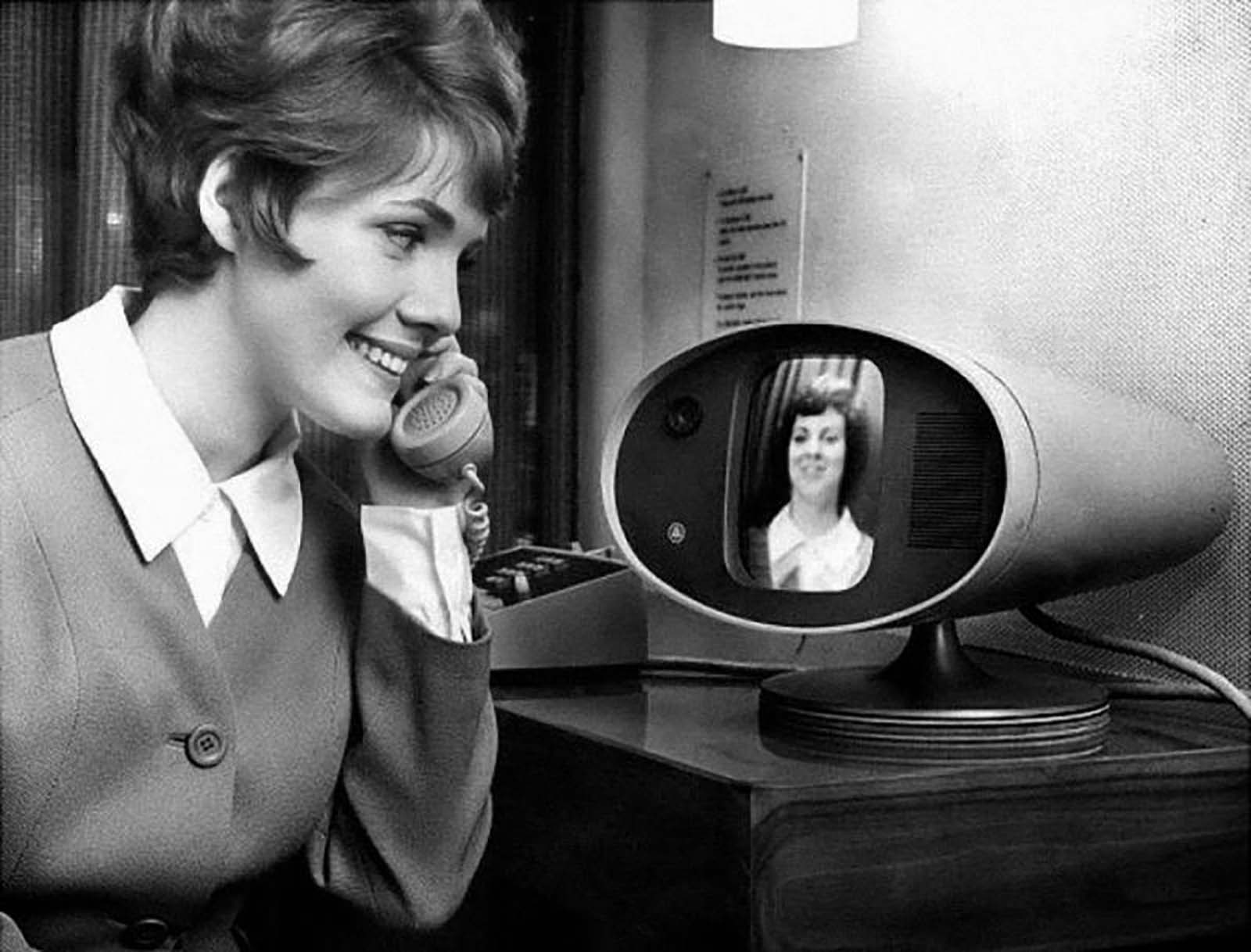 Long before today’s video calls became part of daily life, videophones were the stuff of science fiction, futuristic devices imagined in movies, magazines, and the minds of tech visionaries.
Long before today’s video calls became part of daily life, videophones were the stuff of science fiction, futuristic devices imagined in movies, magazines, and the minds of tech visionaries.
The ability to see and speak with someone in real time across vast distances once felt like a fantasy.
But behind the everyday ease of modern video chat lies a fascinating, often frustrating history of failed experiments, bold innovations, and relentless ambition.
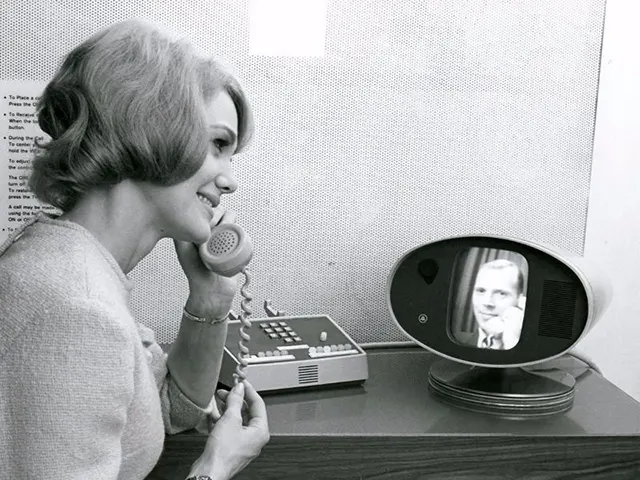 The concept of videotelephony, communicating visually and verbally through a single device, dates back to the late 19th century.
The concept of videotelephony, communicating visually and verbally through a single device, dates back to the late 19th century.
Both in Europe and the United States, inventors were already toying with the idea in the 1870s. However, the underlying technology needed to make it work wouldn’t materialize for decades.
It wasn’t until the arrival of television and improvements in analog systems that the earliest forms of video communication became technically possible.
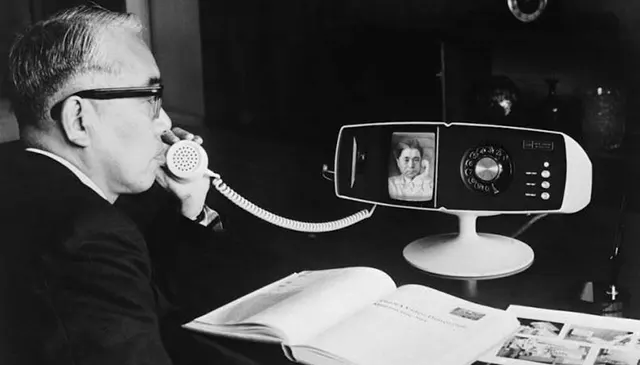 By the 1930s, Germany had already established a working videophone network under the Reichspost, connecting Berlin to other cities using coaxial cables.
By the 1930s, Germany had already established a working videophone network under the Reichspost, connecting Berlin to other cities using coaxial cables.
These early systems were essentially two-way closed-circuit television links—bulky, limited, and expensive. Yet they demonstrated that the dream of face-to-face communication across cities was within reach.
 Momentum picked up in the late 1920s and 1930s, thanks to innovators like John Logie Baird in the UK and AT&T’s Bell Labs in the US.
Momentum picked up in the late 1920s and 1930s, thanks to innovators like John Logie Baird in the UK and AT&T’s Bell Labs in the US.
These pioneers believed that videophones could serve as the next evolution of voice communication.
Bell Labs viewed the technology not just as a novelty but as a serious extension of the telephone. The idea was compelling: why settle for sound alone when you could add the power of sight?
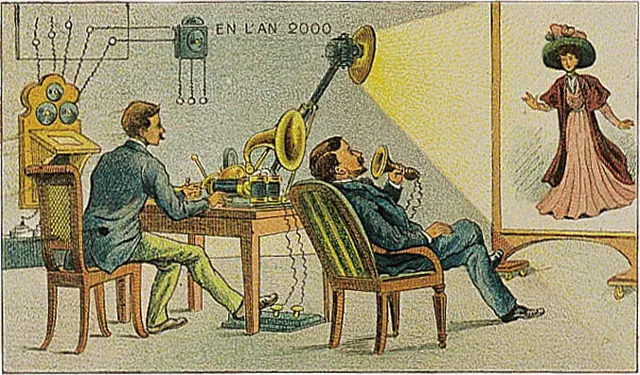
Videotelephony predicted to be in use by 2000, as envisioned in 1910 (artist’s conception).
The utility of videotelephony expanded in the mid-20th century. NASA used video links during its early manned space missions, transmitting footage via UHF or VHF signals.
News organizations also began using similar technologies, relying on mobile satellite units in trucks—or, later, portable satellite videophones—for live reports from the field.
These early applications proved that video communication could be practical, even essential, in certain contexts.
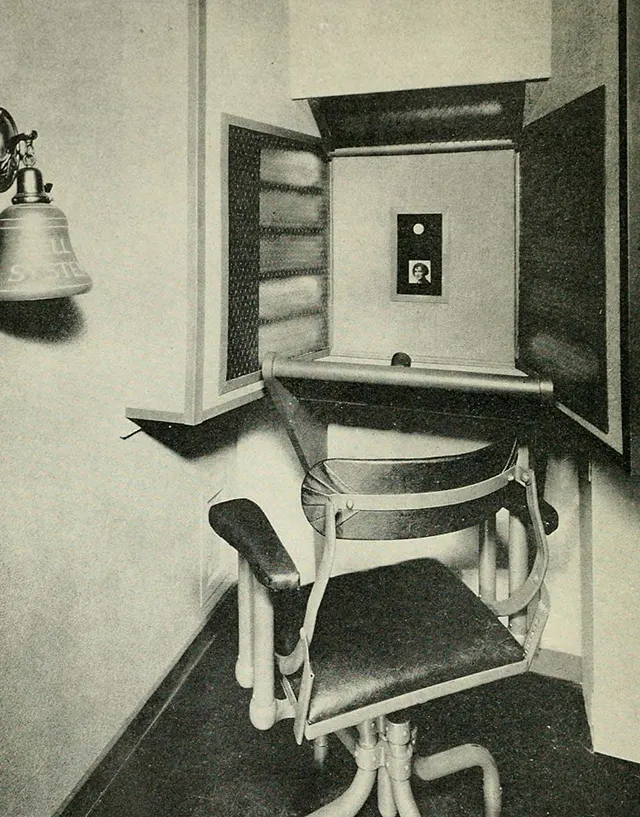
Videotelephone booth, 1922.
By the 1980s, real strides were being made toward commercial viability.
In 1984, a company called Concept Communication developed a circuit board for personal computers that significantly improved video performance, doubling the frame rate from 15 to 30 frames per second.
The innovation brought the cost of a functional videophone system down from $100,000 to a still-hefty but more attainable $12,000.
The company also secured a key patent for a video codec, laying the groundwork for modern full-motion videoconferencing.
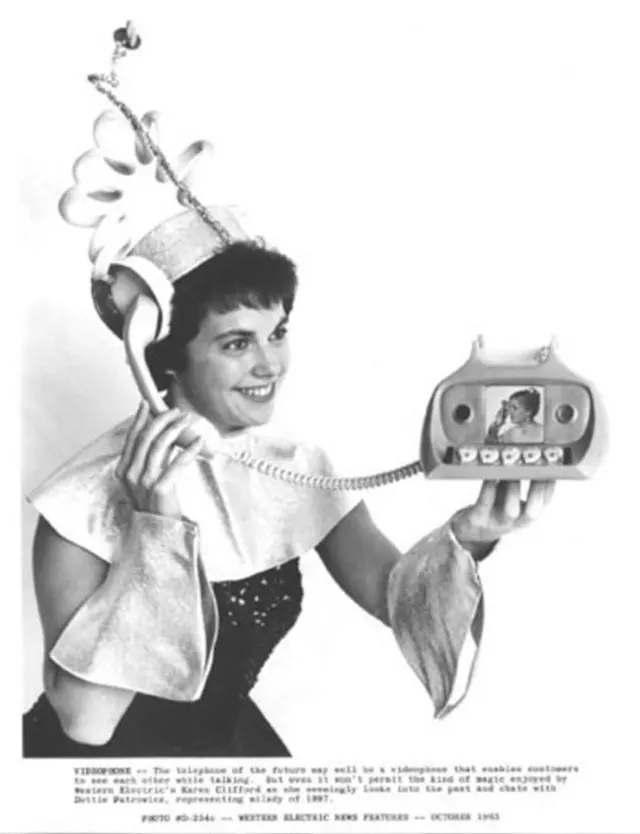 Through the 1980s and 1990s, videoconferencing technology continued to evolve—albeit slowly. Systems remained expensive and often required proprietary hardware and software.
Through the 1980s and 1990s, videoconferencing technology continued to evolve—albeit slowly. Systems remained expensive and often required proprietary hardware and software.
But over time, industry-wide standards emerged, opening the door for broader access.
What had once been a high-tech curiosity for corporations and governments gradually became more accessible to everyday consumers.
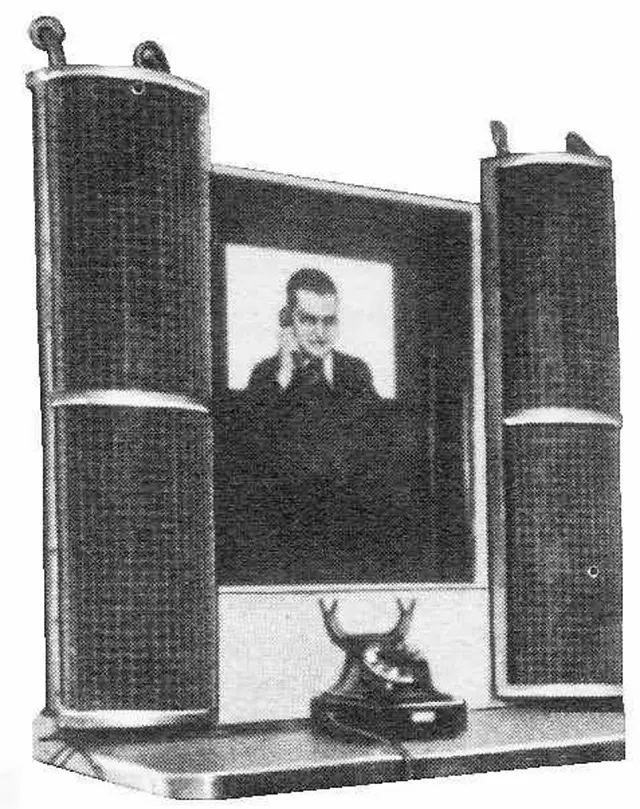
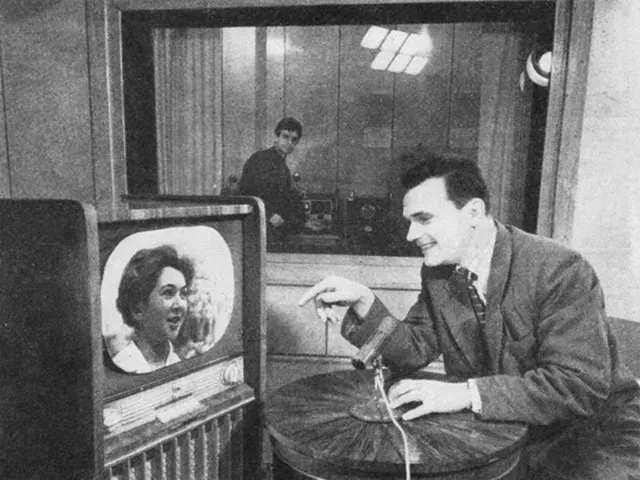
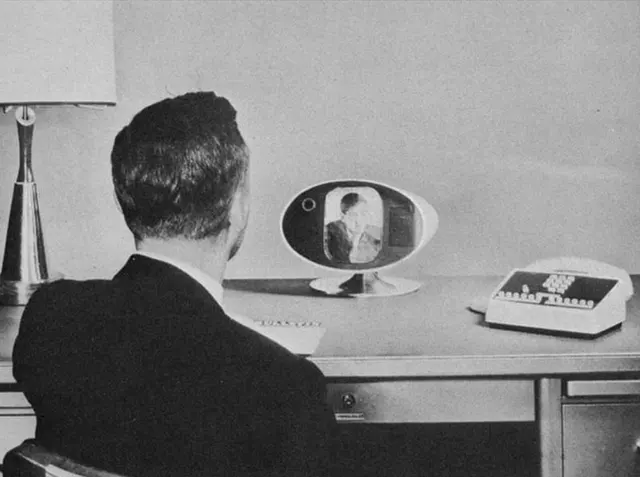
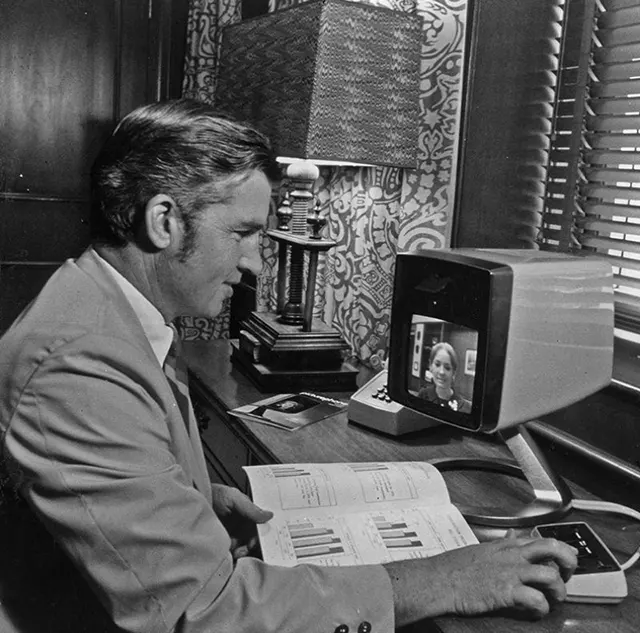
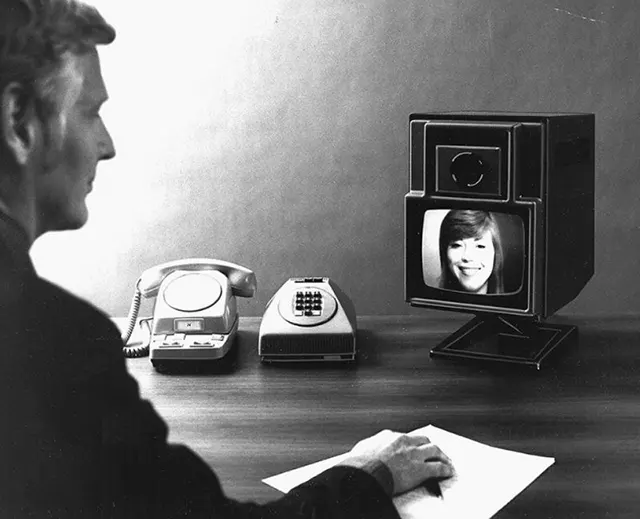
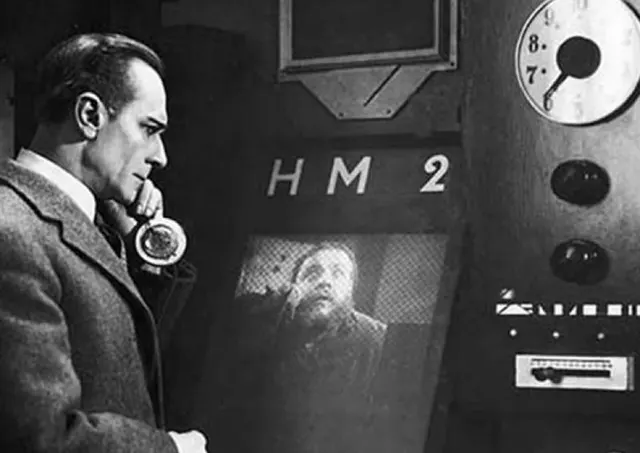
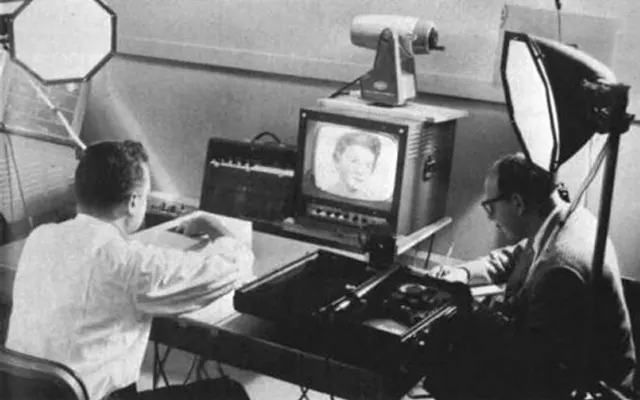
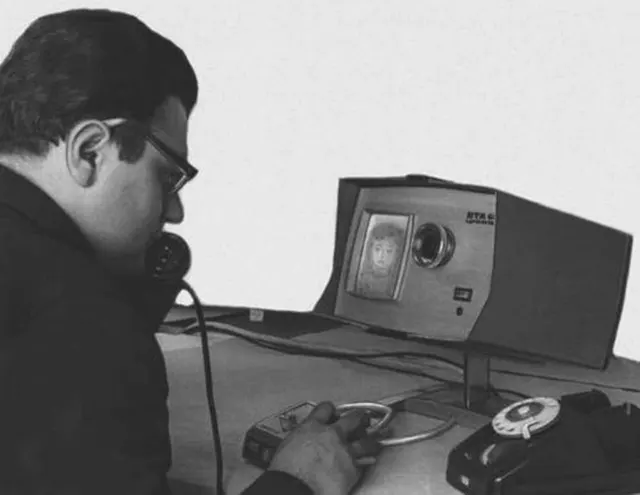

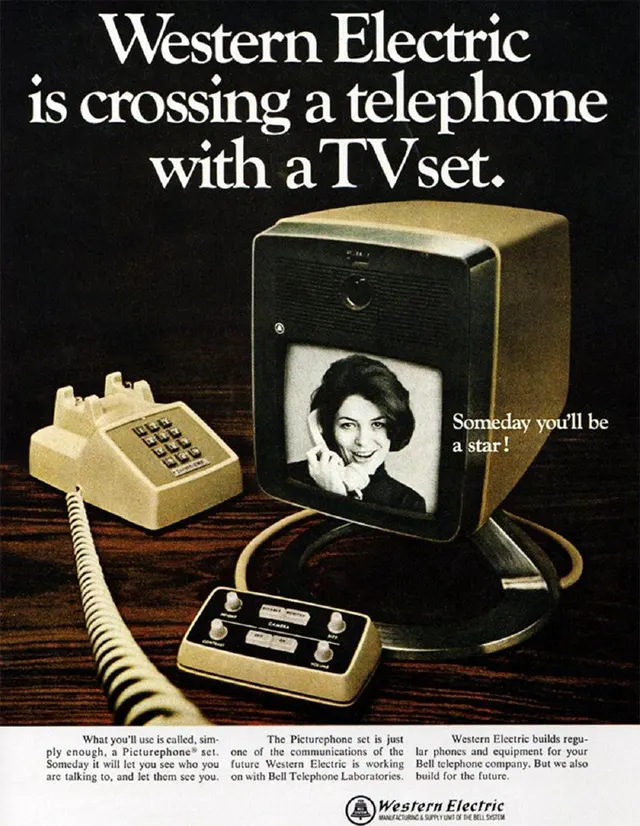
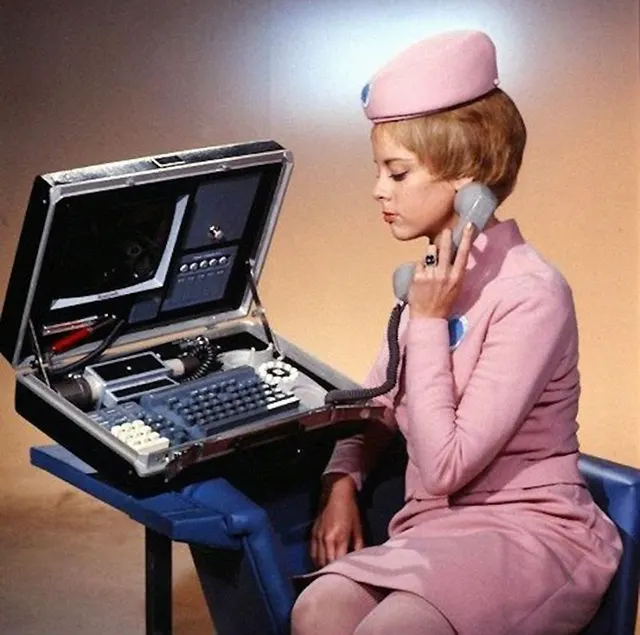
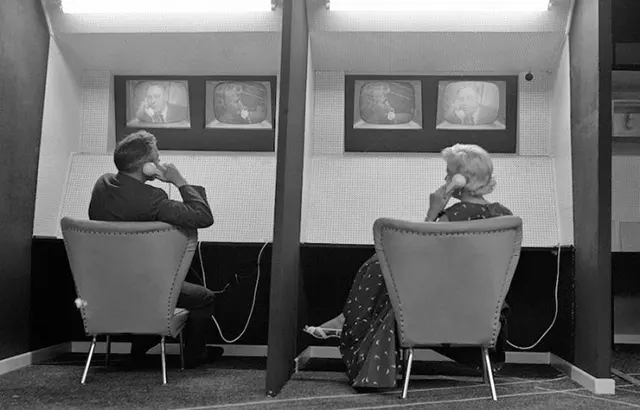
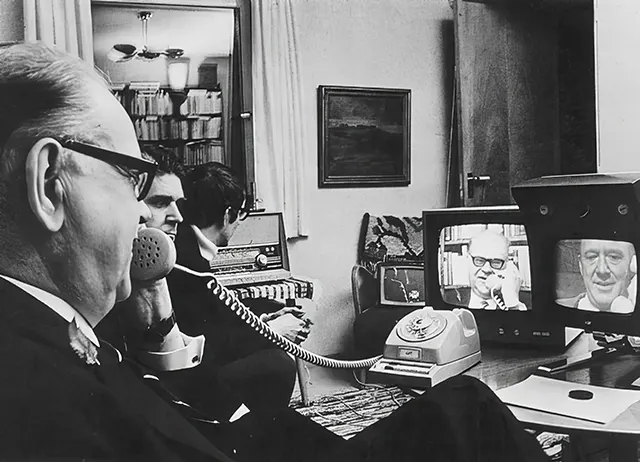
(Photo credit: Wikimedia Commons / Flickr / RHP).